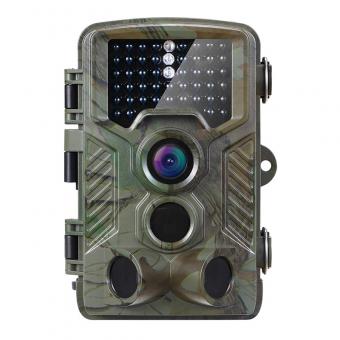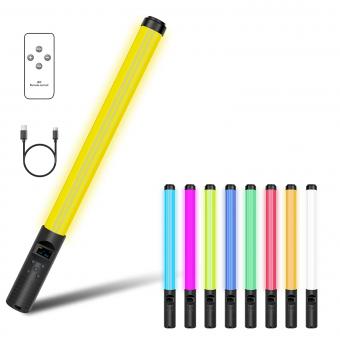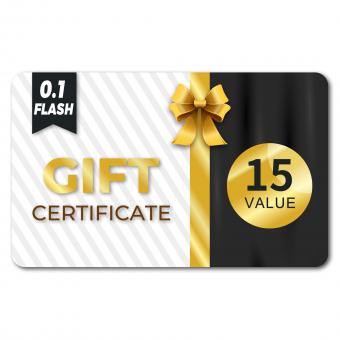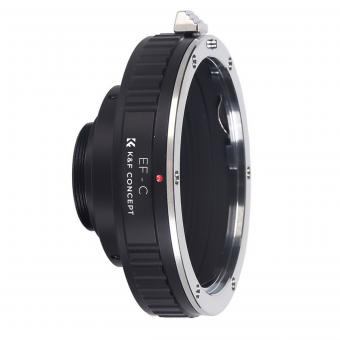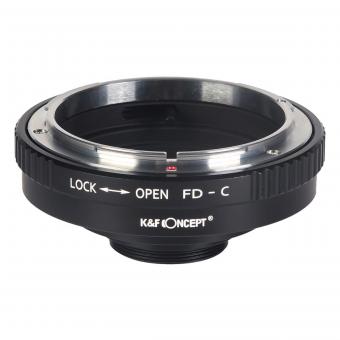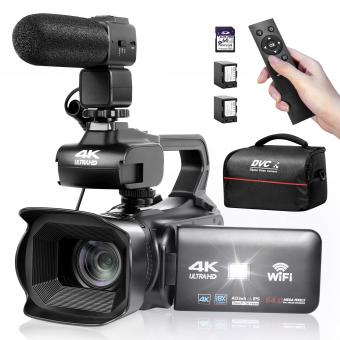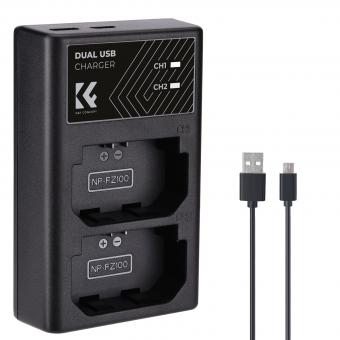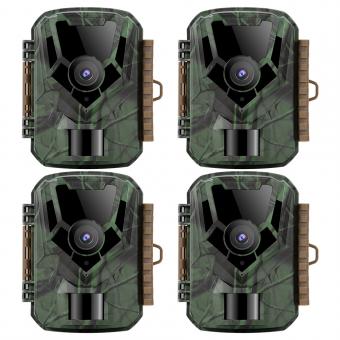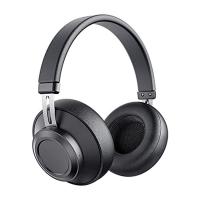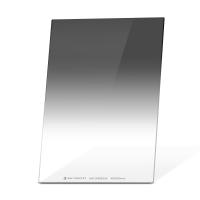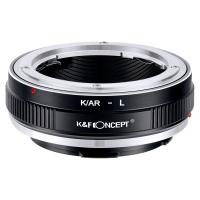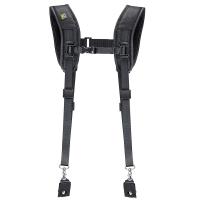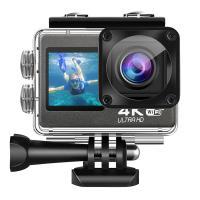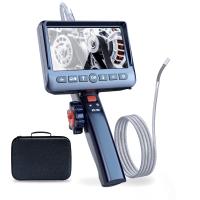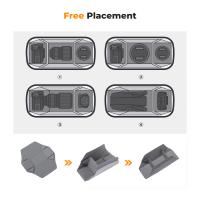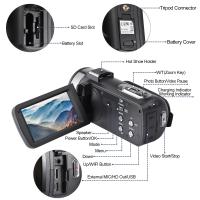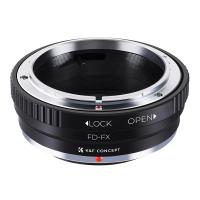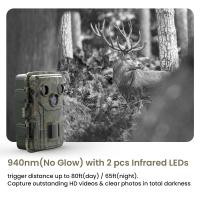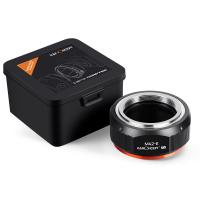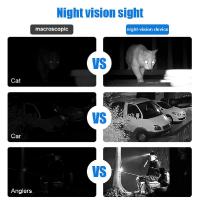How Does A Flash Memory Camcorder Work ?
A flash memory camcorder works by using solid-state memory to store video recordings. When you press the record button, the camcorder captures video and audio data and stores it in the flash memory. The data is stored in a digital format, which allows for easy transfer to a computer or other device for editing and sharing.
Flash memory is a type of non-volatile memory that retains data even when the power is turned off. This makes it ideal for use in camcorders, as it allows for reliable storage of video recordings. Flash memory is also very fast, which allows for quick access to the data when you want to view or edit your recordings.
Overall, a flash memory camcorder is a convenient and reliable way to capture and store high-quality video recordings. It is a popular choice for both amateur and professional videographers due to its ease of use, portability, and high-quality video output.
1、 Flash Memory Technology
A flash memory camcorder works by using solid-state memory to store video footage. Flash memory technology is a type of non-volatile memory that retains data even when the power is turned off. This makes it an ideal choice for portable devices like camcorders, as it allows for high-capacity storage in a small form factor.
When you record video on a flash memory camcorder, the footage is stored on a flash memory card. These cards come in various sizes and speeds, and the camcorder will typically have a slot for you to insert the card. As you record, the camcorder writes the video data to the card in real-time.
One of the benefits of flash memory technology is that it is very fast. This means that the camcorder can record high-quality video without any lag or buffering. Additionally, flash memory is very durable and can withstand shocks, drops, and extreme temperatures. This makes it a reliable choice for outdoor or adventure filming.
Another advantage of flash memory camcorders is that they are very easy to use. You can quickly transfer your footage to a computer or other device for editing or sharing. Some camcorders even have built-in Wi-Fi or Bluetooth connectivity, allowing you to transfer footage wirelessly.
In recent years, flash memory technology has continued to improve, with higher-capacity cards and faster write speeds. This has allowed for even higher-quality video recording and longer recording times. Overall, flash memory camcorders offer a convenient and reliable way to capture and store your video footage.

2、 Image Sensor and Lens
A flash memory camcorder works by capturing video and audio data and storing it on a solid-state memory device, such as a flash memory card. The camcorder uses an image sensor and lens to capture the video and audio data, which is then processed and compressed before being stored on the memory card.
The image sensor is a small electronic device that converts light into electrical signals. It is typically a charge-coupled device (CCD) or a complementary metal-oxide-semiconductor (CMOS) sensor. The lens focuses the light onto the image sensor, and the sensor converts the light into electrical signals that represent the image.
The camcorder then processes the video and audio data, compressing it to reduce the amount of storage space required. This compression is typically done using a codec, such as H.264 or MPEG-4. The compressed data is then stored on the flash memory card.
The latest point of view on flash memory camcorders is that they are becoming increasingly popular due to their small size, high-quality video and audio, and ease of use. They are also more reliable than traditional tape-based camcorders, as there are no moving parts to wear out or break. Additionally, flash memory cards are becoming more affordable and have larger storage capacities, making them a practical choice for recording longer videos. Overall, flash memory camcorders offer a convenient and reliable way to capture high-quality video and audio.
3、 Digital Signal Processing
A flash memory camcorder works by using solid-state memory to store digital video files. When you record video, the camcorder captures the image and sound data and converts it into a digital format. This digital data is then stored on the flash memory chip inside the camcorder.
The flash memory chip is a type of non-volatile memory, which means that it can retain data even when the power is turned off. This makes it an ideal storage medium for portable devices like camcorders, as it allows you to record and store video without the need for bulky tapes or discs.
One of the key components of a flash memory camcorder is the Digital Signal Processor (DSP). The DSP is responsible for processing the digital video data and converting it into a format that can be stored on the flash memory chip. It also handles tasks like image stabilization, noise reduction, and color correction, which help to improve the quality of the recorded video.
In recent years, there has been a trend towards using more advanced DSPs in flash memory camcorders. These DSPs are capable of performing complex image processing tasks in real-time, which allows for features like 4K video recording and high-speed slow-motion playback.
Overall, a flash memory camcorder works by using solid-state memory and advanced digital signal processing to capture, process, and store digital video files. As technology continues to advance, we can expect to see even more powerful and feature-rich camcorders in the future.
4、 Video Compression
How does a flash memory camcorder work?
A flash memory camcorder works by using solid-state memory to store video footage. Unlike traditional camcorders that use tapes or discs, flash memory camcorders use small, removable memory cards to store video data. When you record video on a flash memory camcorder, the footage is saved directly to the memory card.
One of the key advantages of flash memory camcorders is their speed. Because they use solid-state memory, they can record and save video data much faster than traditional camcorders. This makes them ideal for capturing fast-moving action or events where you need to record a lot of footage quickly.
Another important aspect of flash memory camcorders is video compression. Video compression is the process of reducing the size of video files so that they take up less space on the memory card. This is important because flash memory cards have limited storage capacity, and video files can be quite large.
There are many different video compression formats used by flash memory camcorders, including MPEG-4, H.264, and AVCHD. These formats use different algorithms to compress video data, and each has its own strengths and weaknesses. For example, H.264 is known for its high-quality video compression, while MPEG-4 is more widely supported by different devices.
In recent years, there has been a trend towards using higher-resolution video formats, such as 4K and 8K. These formats require even more advanced video compression techniques to keep file sizes manageable. As a result, flash memory camcorders are constantly evolving to keep up with the latest video technology.




